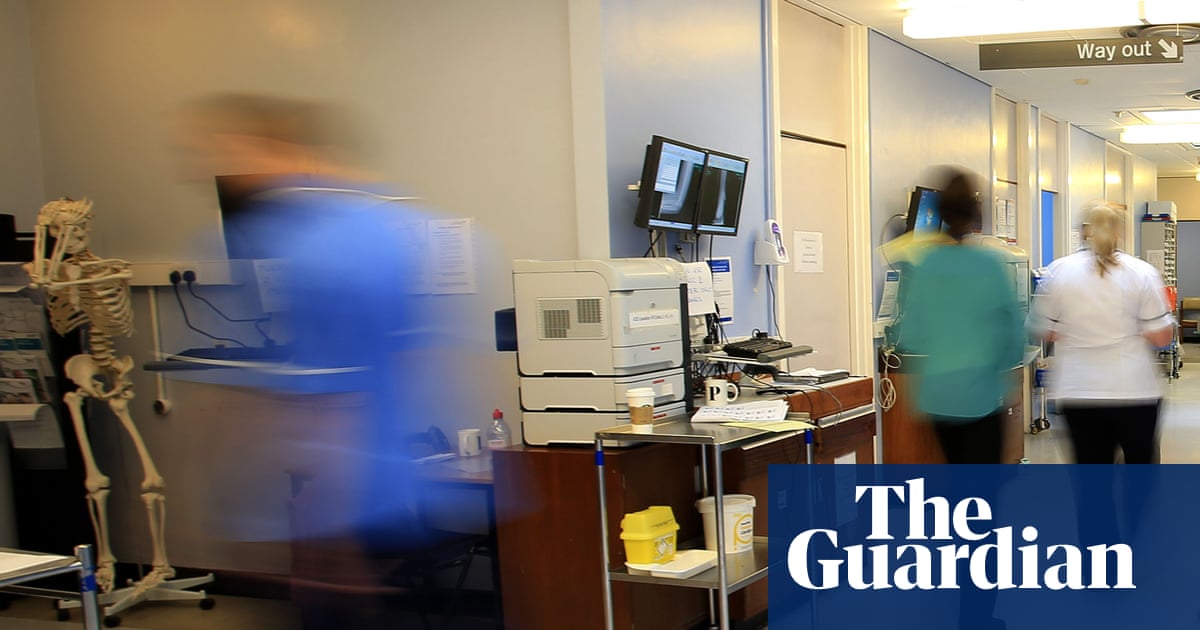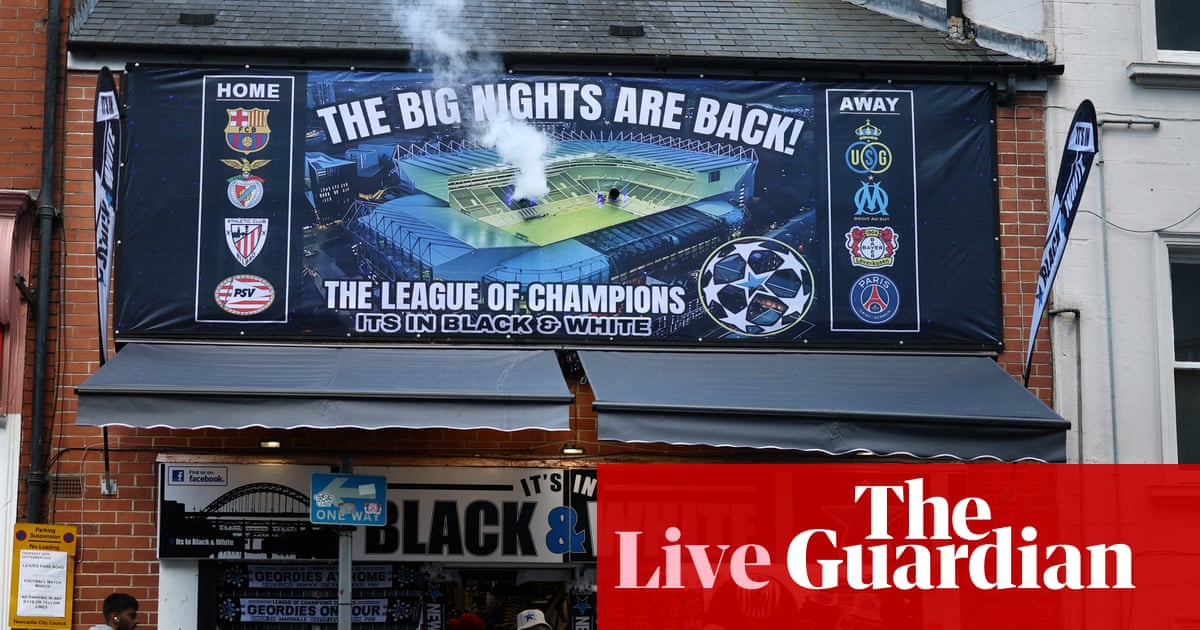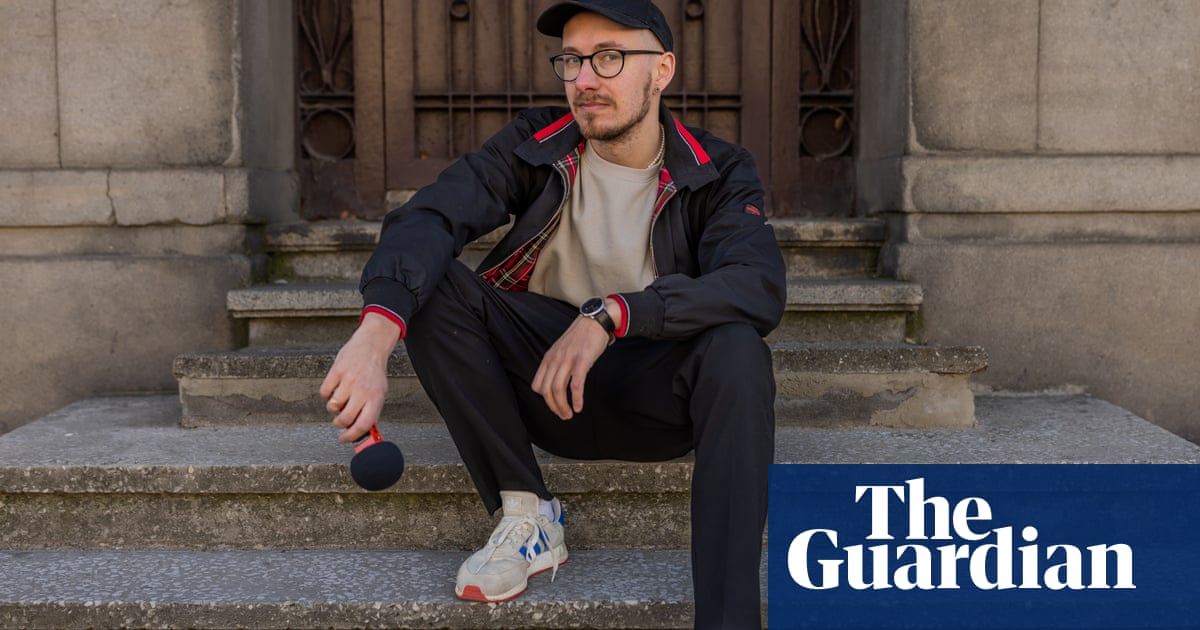As much as £5bn is needed to revive ailing UK town and city centres, with areas including Bradford in Yorkshire, Newport in south Wales, and Blackpool in Lancashire having double the proportion of empty shops as London, a study has found.
A report from the Centre for Cities thinktank showed that the health of high streets across the country has varied significantly, and called for authorities to focus on developing homes and high-paying jobs in central locations to increase local spending power.
Retailers have called for a cut in business rates, lower employment taxes and cheaper parking fees to help revive high streets.
The report found that reforming the “flawed” business rates system was not enough to revive high streets in struggling local economies as many properties already do not pay rates.
Andrew Carter, the chief executive of Centre for Cities, said: “Our research shows the high street isn’t failing everywhere. Where it is, the cause is not just cosmetic, it is economic. Policies relating to shopfronts, rents or parking miss the bigger picture.
“City centres that struggle are oversupplied with shops and undersupplied with people. If local residents don’t have money to spend or a reason to be in the centre, high streets suffer – no matter what interventions are made.”
In more affluent areas, for example, high streets have been able to shift towards dining and drinking and other leisure activities as a portion of traditional shopping activity has shifted online, because residents have spare cash to spend on non-essentials.
In poorer areas where fewer people live in the city centre, the lack of spending power means this shift has not happened and funding is needed to bring people back.
“A struggling high street is the outcome of a struggling [local] economy, not the other way round,” the report said.
In more affluent York, London and Edinburgh, about £1 in every £4 is spent on dining out and relatively few stores are empty – just over 9%. In London, the vacancy rate was 7.4%. However in Bradford, Stoke and Wigan – which are among the locations with the highest vacancy rates – it is about £1 in every £10 and vacancy rates are more than 16%.
The spending power of a local population is not just measured by high-paying jobs but also the number of people in a catchment compared with the size of a high street.
after newsletter promotion
Struggling Newport, Blackpool and Sunderland also have a relatively high proportion of shops for the population compared with successful city centres such as Oxford, Brighton or Liverpool.
While York has a relatively high proportion of shops for its population, it also enjoys a strong tourist trade, something which not all cities will be able to develop.
The report also found that some locations – such as around Swindon and Slough – had a strong local economy, but shops struggled as consumers predominantly worked at out of town business parks.
The British Retail Consortium, which represents most large retailers, said: “City centres need a mix of businesses uses including shopping and hospitality, that make a city a place that people want to be.
“However, investment in city centres continues to be held back by outdated business rates system which limits the ability to invest in shops and jobs which are vital for the everyday economy.”

 2 months ago
60
2 months ago
60

















































